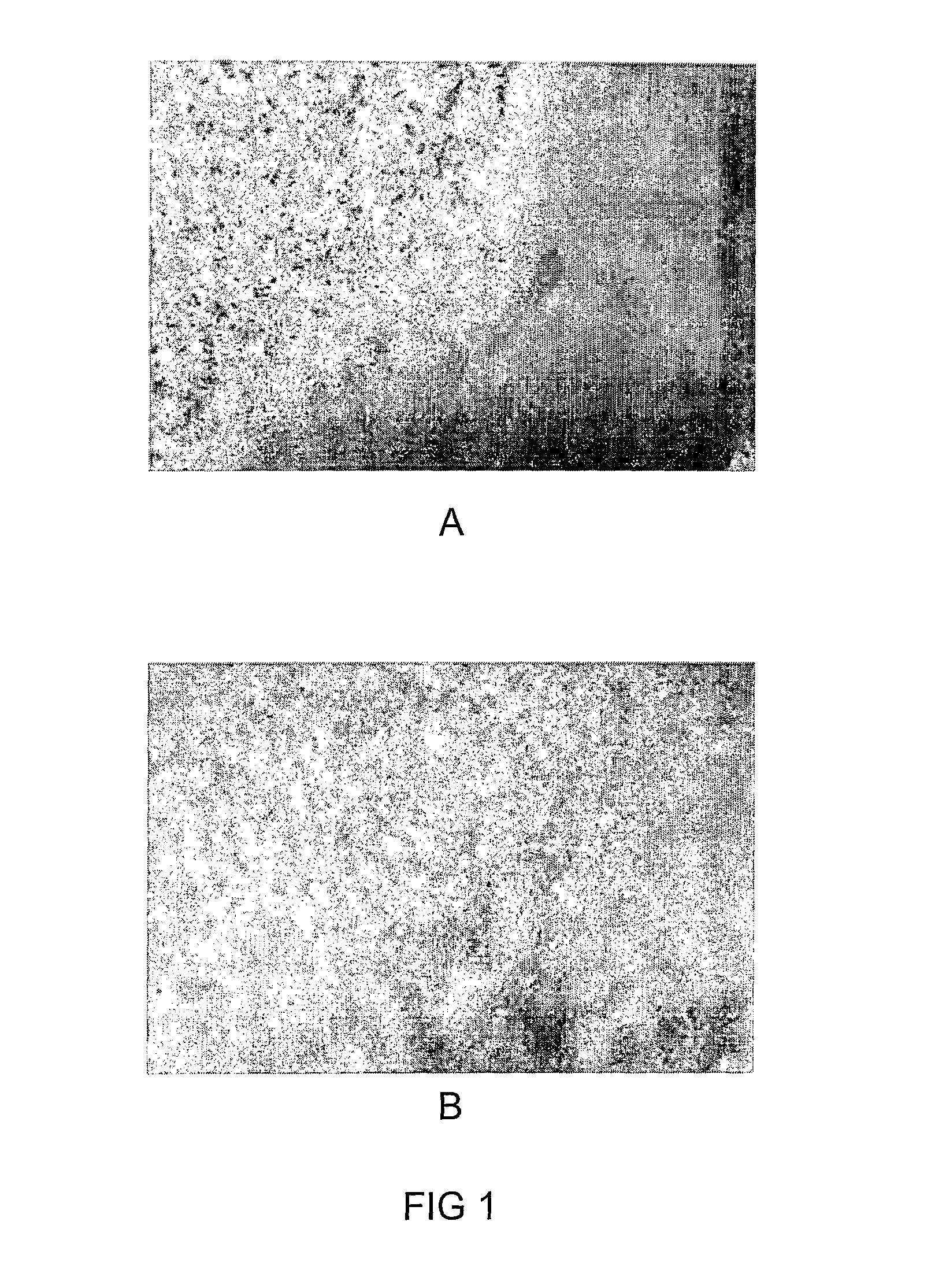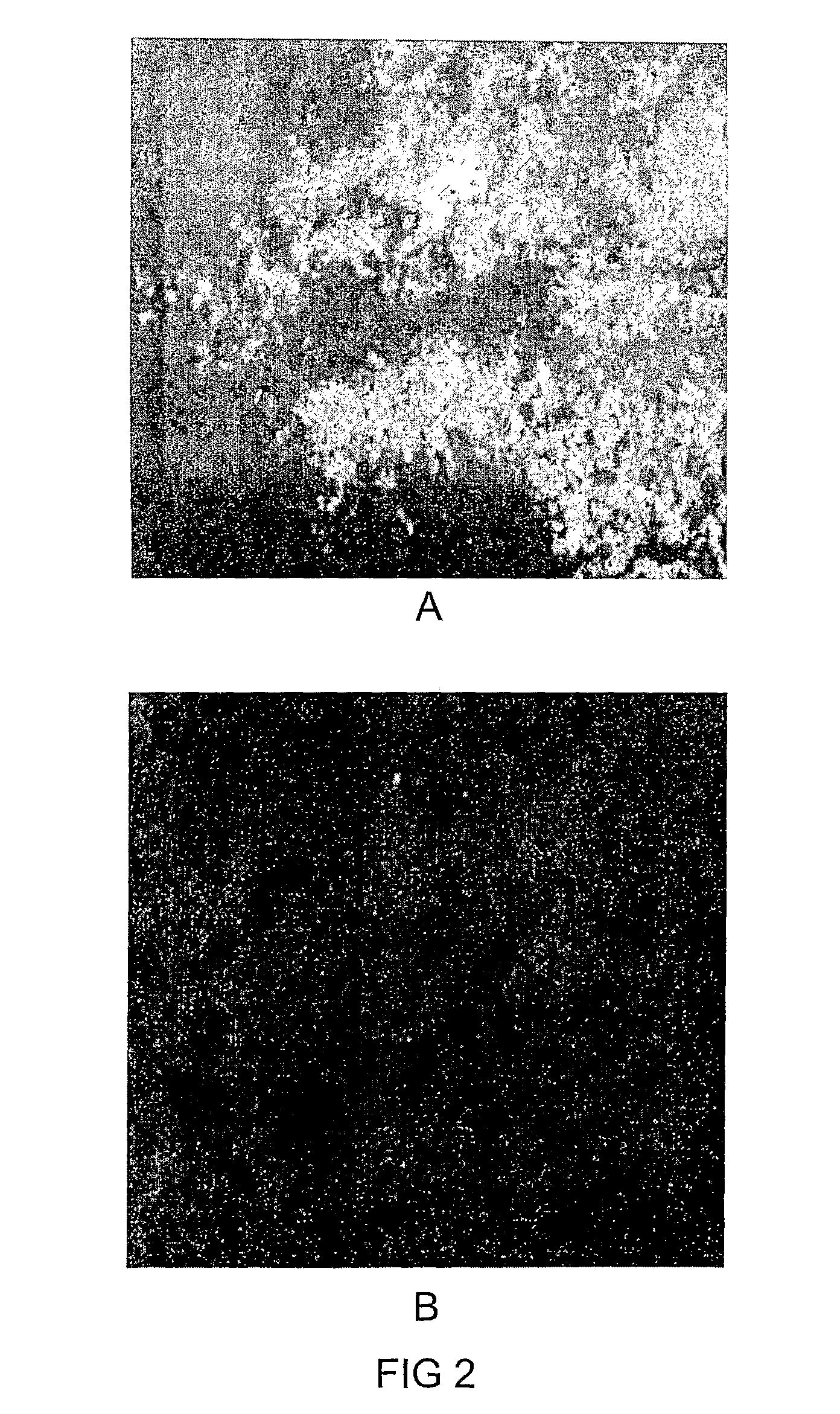Methods and compounds for detection of medical disorders
a technology for medical disorders and compounds, applied in the field of medical disorders, can solve the problems of insufficient tools, no molecular imaging tool in clinical practice for oxidative stress detection, and insufficient monitoring of brain tumor respons
- Summary
- Abstract
- Description
- Claims
- Application Information
AI Technical Summary
Benefits of technology
Problems solved by technology
Method used
Image
Examples
example 1
Synthesis of NST728, NST729, NST739, DC and BDA
1. Synthesis of dansyl-cysteine (DC)
[0113]
[0114]Cystine (1, 1 equivalent) was dissolved in a water / acetone solution with 4 equivalents of potassium carbonate. Dansyl chloride (2.5 equivalents) was added and solution stirred at room temperature for 1.5 hrs. Acetone was removed and solution acidified to pH=3 by adding 2M citric acid. The aqueous mixture was extracted with ethyl acetate. Extracts were combined, dried over magnesium sulfate and solvent evaporated. The crude obtained was dissolved in basic water solution. Solution washed with ether and then reacidified to pH=3 to afford a yellow precipitate. ESI-MS and 1H-NMR were consistent with structure 2 [1H-NMR (D2O, δ=ppm): 8.50 (2H, dd); 8.25 (2H, dd); 8.15 (2H, d); 7.50 (4H, m); 7.20 (2H, dd); 4.05 (2H, m); 2.85 (12H, s); 2.60 (4H, m). ESI-MS: Calc. m / z=706.1. Found m / z+H+=707.5].
[0115]Intermediate 2 was dissolved in 1:1 methanol:NaPPi buffer (0.1M, pH=7.4). Nitrogen was bubbled thro...
example 2
Selective Binding of NST729 to Cells Undergoing Cell Death Following Middle Cerebral Occlusion (MCA) in Mice
[0124]An in vivo experiment was conducted in mice to demonstrate the ability of NST729 to identify brain cells undergoing apoptosis following middle cerebral artery (MCA) cauterization in mice.
Experimental Procedures
[0125]Studies were carried out in adult male Balb / C mice, weighing 20-25 g. Ischemia was induced by unilateral cauterization of the middle cerebral artery. Briefly, mice were anesthetized, and ischemia was induced through a subtemporal approach. The craniotomy was performed at the level where the MCA crossed the lateral olfactory tract. The dura was carefully opened, the artery exposed and occluded by bipolar diathermy from its origin to the point where it crossed the inferior cerebral vein. All visible branches also were occluded to prevent blood supply by passing. The incision sites were clipped closed and the animal was injected with analgesics and allowed to re...
example 3
Targeting of Dc In-Vivo to Apoptotic Cells in Tumor, Murine Melanoma
Experimental Procedures
[0128]Tumors, and especially aggressive malignancies such as melanoma are characterized, in addition to the abnormal tissue proliferation, also by marked apoptosis of tumor cells. The performance of DC in selective targeting of these apoptotic cells within the tumor was therefore examined. Mice (c57 / black; 8 weeks old male mice) were injected subcutaneously bilaterally, in the flank, with murine melanoma-derived B16-F10 cells (ATCC CRL-6475; 105 cells / mice in a volume of 100 μl). Prior to injection, the cell line was maintained in culture in Dulbecco's modified Eagle's medium (DMEM), supplemented with 4 mM of L-glutamine; 100 units / ml of penicillin; 100 μg / ml of streptomycin; 12.5 units / ml of nystatin and 10% of fetal calf serum (FCS). Tumors were allowed to grow for 14 days, by which they reached a diameter of 5-7 mm.
[0129]Dansyl-cysteine (DC), or the control compounds dansyl-glycine or dansy...
PUM
| Property | Measurement | Unit |
|---|---|---|
| volume | aaaaa | aaaaa |
| diameter | aaaaa | aaaaa |
| thickness | aaaaa | aaaaa |
Abstract
Description
Claims
Application Information
 Login to View More
Login to View More - R&D
- Intellectual Property
- Life Sciences
- Materials
- Tech Scout
- Unparalleled Data Quality
- Higher Quality Content
- 60% Fewer Hallucinations
Browse by: Latest US Patents, China's latest patents, Technical Efficacy Thesaurus, Application Domain, Technology Topic, Popular Technical Reports.
© 2025 PatSnap. All rights reserved.Legal|Privacy policy|Modern Slavery Act Transparency Statement|Sitemap|About US| Contact US: help@patsnap.com



